Overview
The Double Decker Living Root Bridge is one of Meghalaya’s most unique natural wonders, located in the lush and rain-soaked valleys of Cherrapunji, one of the wettest places on Earth. Unlike conventional bridges made of concrete or wood, these bridges are alive, made by the local Khasi tribes who have perfected the art of guiding the roots of the Ficus elastica tree (Indian rubber tree) across streams and rivers. This particular bridge is called “double decker” because it consists of two levels of living roots that have intertwined and grown over time, creating a strong, resilient structure that can support the weight of up to 50 people at once. One Day Cherrapunjee Sightseeing Trip By Private Cab
Nestled in the village of Nongriat, the Double Decker Living Root Bridge stands as a testament to human ingenuity and the harmonious relationship between the Khasi people and nature. It is an outstanding example of bioengineering, blending the natural environment with human needs in a sustainable way. Visitors are often captivated by the sight of these living bridges, surrounded by thick tropical forest, cascading waterfalls, and the echoing calls of birds and insects. Exploring the Hidden Wonders of Arwah Caves: A Nature Lover’s Paradise
Location of Double Decker Living Root Bridge

- State: Meghalaya, India
- District: East Khasi Hills
- Nearest Town: Cherrapunji (Sohra)
- Coordinates: 25.2781° N, 91.6862° E
- Elevation: Approximately 2,400 feet above sea level
The Double Decker Living Root Bridge is located in the village of Nongriat, which lies about 15 kilometers from the main town of Cherrapunji. The bridge is situated deep in the forests, requiring visitors to embark on a trek of about 3 kilometers from the village of Tyrna, which serves as the starting point for the journey.
Time/Entry Fees of Double Decker Living Root Bridge

Visiting Hours
The Double Decker Living Root Bridge can be visited throughout the year, but the experience is most rewarding during the monsoon season (June to September), when the forests are lush, and the streams are full. Visitors should start their trek early in the morning to avoid the heat and make the most of their day exploring the area.
- Opening Hours: Open all day (Recommended visiting hours are between sunrise and sunset).
Entry Fees
- Entry Fee: A nominal fee of around INR 10-20 is usually collected by local authorities or the village council to maintain the area and ensure its upkeep.
- Parking Fee: If you’re traveling by vehicle, parking fees may apply at the Tyrna village parking area.
How to Reach Double Decker Living Root Bridge

By Air
The nearest airport to the Double Decker Living Root Bridge is the Umroi Airport near Shillong, offering limited domestic flights. For international and more frequent flights, the Lokpriya Gopinath Bordoloi International Airport in Guwahati, Assam, is the most convenient option.
- Nearest Major Airport: Lokpriya Gopinath Bordoloi International Airport, Guwahati, Assam
- Distance from Guwahati to Tyrna (starting point of the trek): Approximately 180 kilometers
- Travel Time: Around 5 hours by road
From Guwahati, visitors can take a taxi or bus to Shillong, and then proceed to Cherrapunji. From Cherrapunji, the village of Tyrna, the starting point of the trek to Nongriat, is a short drive away.
By Rail
There is no direct railway station in Meghalaya. The nearest major railway station is in Guwahati, Assam, which is well-connected to major cities across India. After arriving at Guwahati Railway Station, visitors can take a taxi or bus to Shillong and then to Cherrapunji.
- Nearest Railway Station: Guwahati Railway Station (GHY)
- Distance from Guwahati to Tyrna: Approximately 180 kilometers
- Travel Time: Around 5 hours by road
By Road
The Double Decker Living Root Bridge is well-connected by road from Shillong and Cherrapunji. Regular buses, shared taxis, and private vehicles are available to reach Cherrapunji from Shillong. The drive offers scenic views of the Khasi hills, valleys, and waterfalls.
- Distance from Shillong to Tyrna: Approximately 70 kilometers
- Travel Time: About 2-3 hours by road
From Cherrapunji, visitors can hire a taxi or use local transport to reach Tyrna, the starting point of the trek to Nongriat.
Things to Do at Double Decker Living Root Bridge

1. Trek to the Double Decker Living Root Bridge
The primary activity for visitors is the trek itself. Starting from Tyrna, the trail to Nongriat is a mix of steep steps, stone pathways, and hanging bridges. The trek is about 3 kilometers long and involves descending approximately 3,500 steps. The journey through the dense forest, crossing streams, and traversing narrow suspension bridges is an adventure in itself.
2. Experience the Bridge
Upon reaching Nongriat, visitors can walk across the Double Decker Living Root Bridge, marvel at its structure, and feel the living roots under their feet. The bridge is surrounded by natural pools where visitors can dip their feet, relax, and enjoy the serene environment.
3. Visit the Rainbow Falls
A further trek of about 1.5 kilometers from the Double Decker Living Root Bridge leads to the stunning Rainbow Falls. Named for the rainbows that appear in its mist on sunny days, this waterfall is a hidden gem, offering a refreshing spot for a swim and some breathtaking photography opportunities.
4. Interact with Local Khasi People
Nongriat is a small village inhabited by the Khasi tribe. Visitors have the chance to interact with the local community, learn about their culture, lifestyle, and the ancient tradition of creating living root bridges. Staying in one of the village homestays is a great way to immerse oneself in the local way of life.
5. Explore the Surrounding Forests
The forests around the Double Decker Living Root Bridge are rich in biodiversity. Guided nature walks offer visitors a chance to observe a variety of flora and fauna, including rare orchids, butterflies, and bird species. The lush greenery and the sounds of the forest make for a rejuvenating experience.
Nearest Tourist Attractions of Double Decker Living Root Bridge
Discovering Mawsmai Caves: Meghalaya’s Natural Underground Marvel
Overview Mawsmai Caves, located near the town of Cherrapunji (also known as Sohra), in the…
Mawkdok Dympep Valley Viewpoint: A Majestic Gateway to Meghalaya’s Scenic Beauty
Overview Mawkdok Dympep Valley Viewpoint, often referred to simply as Mawkdok Viewpoint, is one of…
Exploring the Hidden Wonders of Arwah Caves: A Nature Lover’s Paradise
Overview The Arwah Caves, located near Cherrapunji in the northeastern state of Meghalaya, India, are…
Double Decker Living Root Bridge: Meghalaya’s Natural Marvel
Overview The Double Decker Living Root Bridge is one of Meghalaya’s most unique natural wonders,…
Seven Sisters Falls: Exploring the Majestic Beauty of Meghalaya’s Iconic Waterfall
Overview Seven Sisters Falls, also known as Nohsngithiang Falls, is one of the most renowned…
Nohkalikai Falls: Unveiling the Beauty of India’s Tallest Plunge Waterfall
Overview Nohkalikai Falls, often referred to as the “Jewel of Meghalaya,” is the tallest plunge…
1. Mawsmai Cave
Located near Cherrapunji, Mawsmai Cave is one of Meghalaya’s popular attractions. It is a limestone cave featuring stunning stalactite and stalagmite formations. The cave is well-lit and accessible, making it an ideal spot for exploring natural rock formations.
2. Nohkalikai Falls
One of the highest plunge waterfalls in India, Nohkalikai Falls is a must-visit for those traveling to Cherrapunji. The waterfall drops from a height of 340 meters and offers breathtaking views, especially during the monsoon season when it is in full flow.
3. Thangkharang Park
Located about 12 kilometers from Cherrapunji, Thangkharang Park offers panoramic views of the Bangladesh plains and the nearby Kynrem Falls. The park is a popular spot for families and nature lovers, featuring well-maintained gardens and walking paths.
4. Mawlynnong Village
Known as the “cleanest village in Asia,” Mawlynnong is about 80 kilometers from Cherrapunji. The village is famous for its cleanliness, community-led environmental initiatives, and picturesque views. It also features a single-decker living root bridge and a skywalk offering views of the surrounding forests.
5. Dawki and Umngot River
Located near the India-Bangladesh border, Dawki is famous for the crystal-clear waters of the Umngot River. Visitors can enjoy boat rides, snorkeling, and photography, making it a popular day-trip destination from Cherrapunji.
Significance/History of Double Decker Living Root Bridge
The Double Decker Living Root Bridge is an iconic example of indigenous engineering. For centuries, the Khasi people have been growing these bridges using the roots of the Ficus elastica tree. The process involves guiding the young roots across a stream or river using bamboo scaffolds. Over time, the roots strengthen, intertwine, and create a stable bridge that can last for hundreds of years.
This method of bridge-building is a sustainable solution to the region’s heavy rainfall and steep terrain. The living root bridges are naturally self-renewing and grow stronger with time, unlike conventional wooden or metal bridges that may degrade or require frequent repairs. This traditional knowledge of using living root bridges showcases the Khasi people’s deep understanding of their environment and their innovative approach to overcoming geographical challenges.
The Double Decker Living Root Bridge in Nongriat is a unique example of this tradition, featuring two levels of root bridges, making it a rare and spectacular sight. It symbolizes the coexistence of humans and nature, demonstrating how traditional practices can be sustainable and beneficial to both people and the environment.
FAQs
Q1: How long does it take to trek to the Double Decker Living Root Bridge?
A1: The trek to the Double Decker Living Root Bridge from Tyrna takes about 2 to 3 hours, depending on individual fitness levels and pace. The return journey may take longer due to the uphill climb.
Q2: Is the trek to the Double Decker Living Root Bridge difficult?
A2: The trek involves descending and ascending approximately 3,500 steps, which can be challenging, especially for those not used to physical activity. However, it is manageable with breaks and is considered moderate in difficulty.
Q3: Are there accommodations available near the Double Decker Living Root Bridge?
A3: Yes, there are a few homestays and guesthouses in Nongriat village where visitors can stay overnight. These
accommodations are basic but offer a comfortable place to rest after the trek.
Q4: What should I carry for the trek to the Double Decker Living Root Bridge?
A4: It is advisable to carry water, light snacks, a raincoat (especially during the monsoon), comfortable trekking shoes, insect repellent, and a camera. It’s also helpful to travel light, as carrying heavy bags can be difficult on the trek.
Q5: Can I visit the Double Decker Living Root Bridge during the monsoon season?
A5: Yes, the bridge can be visited during the monsoon season. In fact, this is when the surroundings are the most lush and green. However, visitors should be prepared for rain and slippery paths.
Conclusion
The Double Decker Living Root Bridge is more than just a tourist attraction; it is a living testament to the ingenuity and environmental harmony of the Khasi people. Its intricate design and natural beauty captivate visitors, making it a must-visit for anyone traveling to Meghalaya. The trek to the bridge offers not only a sense of adventure but also an opportunity to connect with nature, experience local culture, and witness a sustainable practice that has been passed down through generations.
For those seeking an offbeat travel experience that combines adventure, culture, and nature, the Double Decker Living Root Bridge in Nongriat is the perfect destination. It is a reminder that human creativity, when aligned with the natural world, can create wonders that endure the test of time. Plan your trip to this enchanting destination and discover the magic of Meghalaya, where every step brings you closer to the heart of nature.

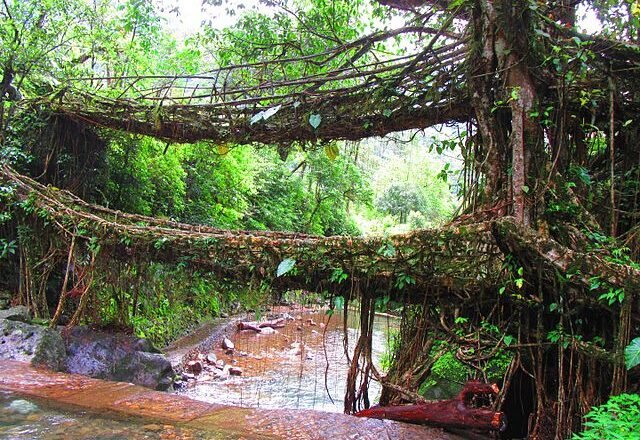
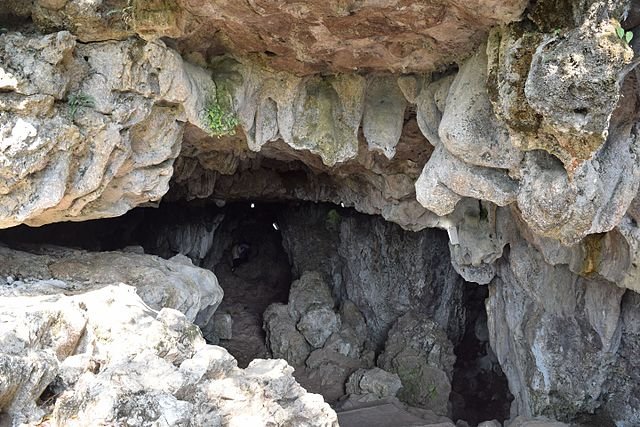
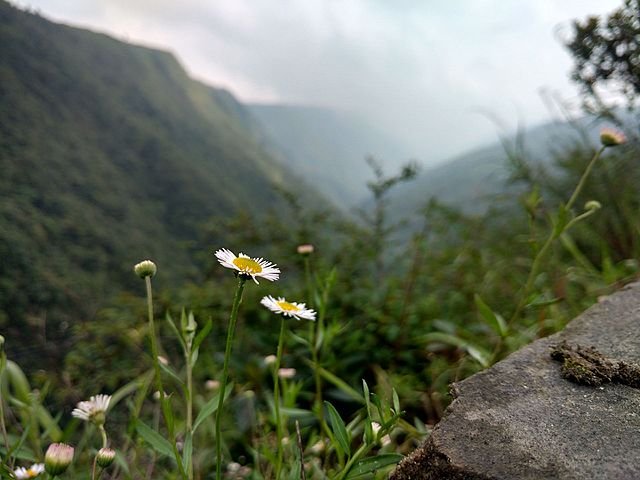
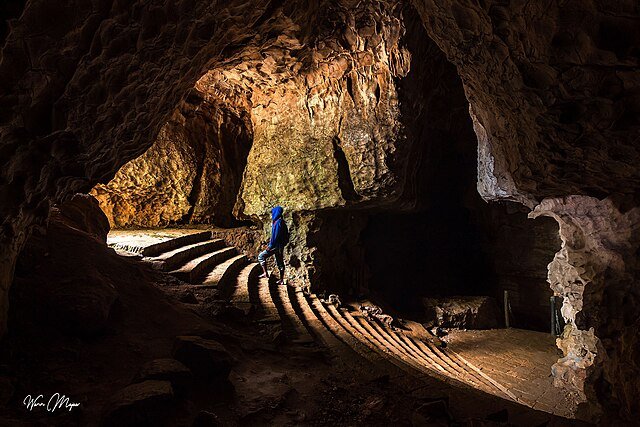
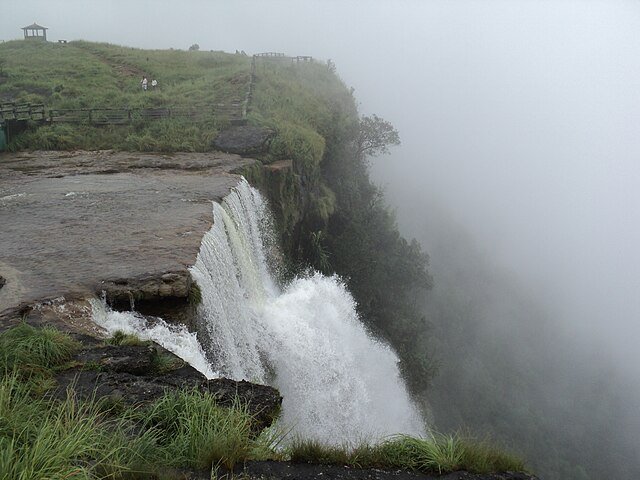
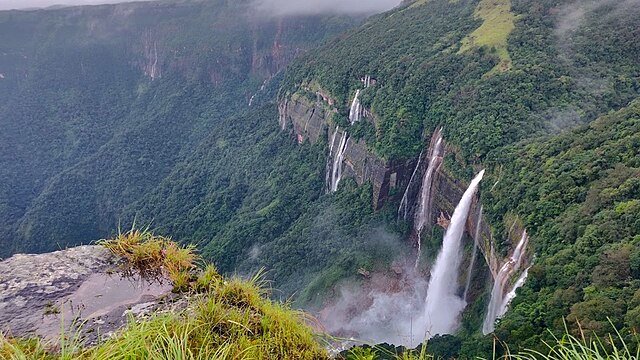
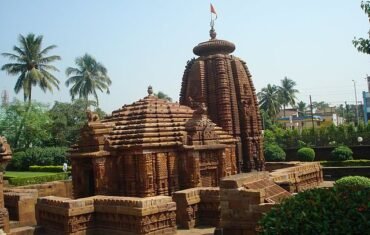

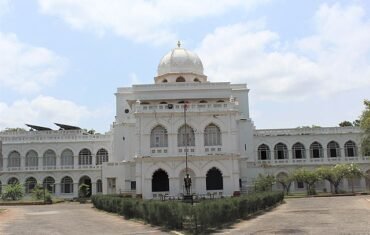
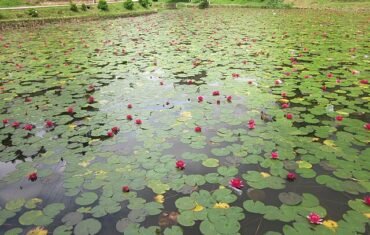
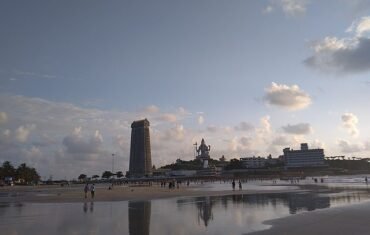
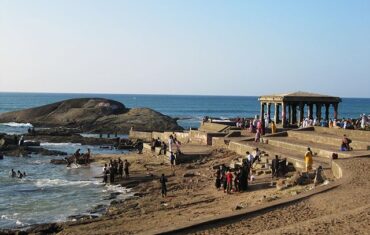

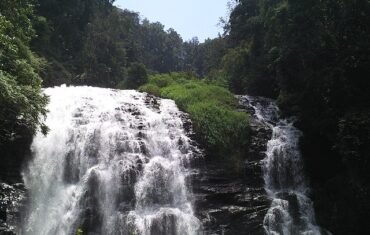
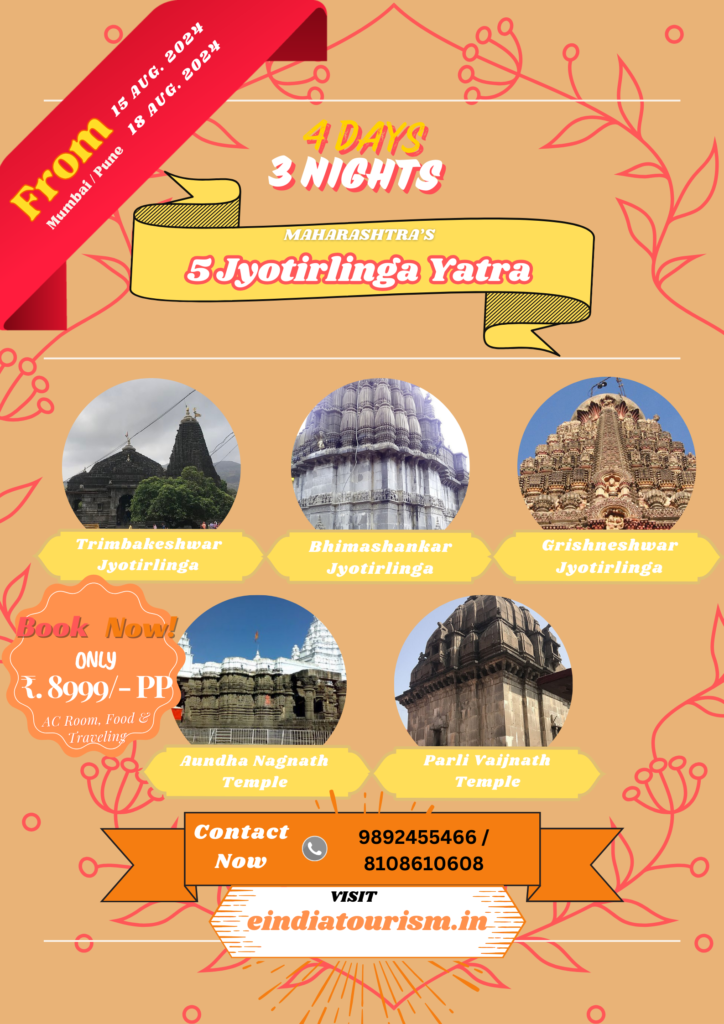

Comments are closed.